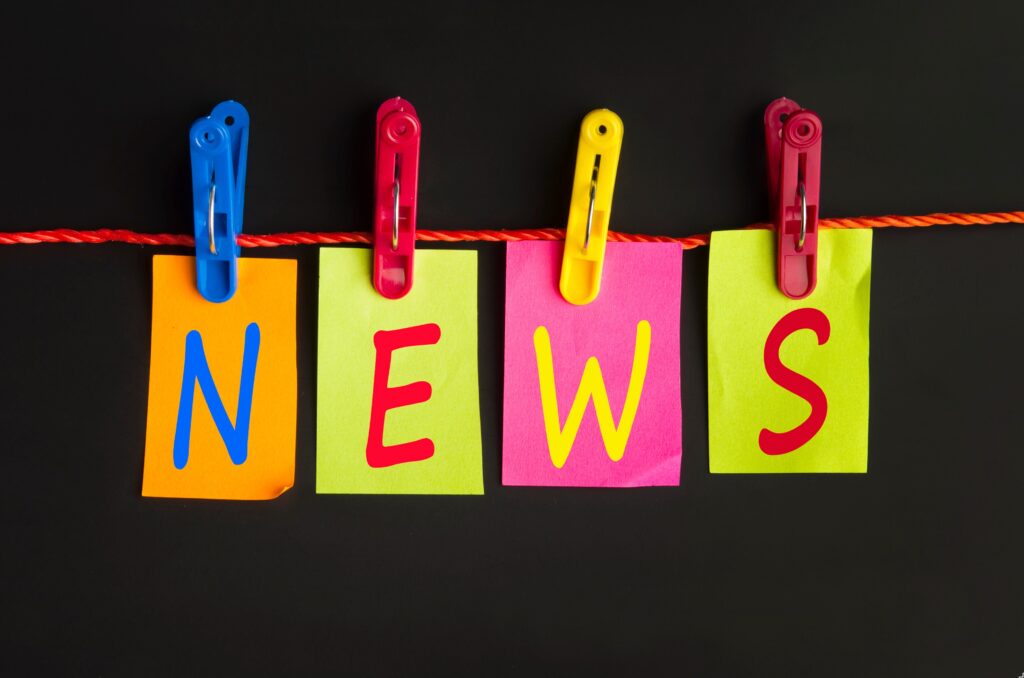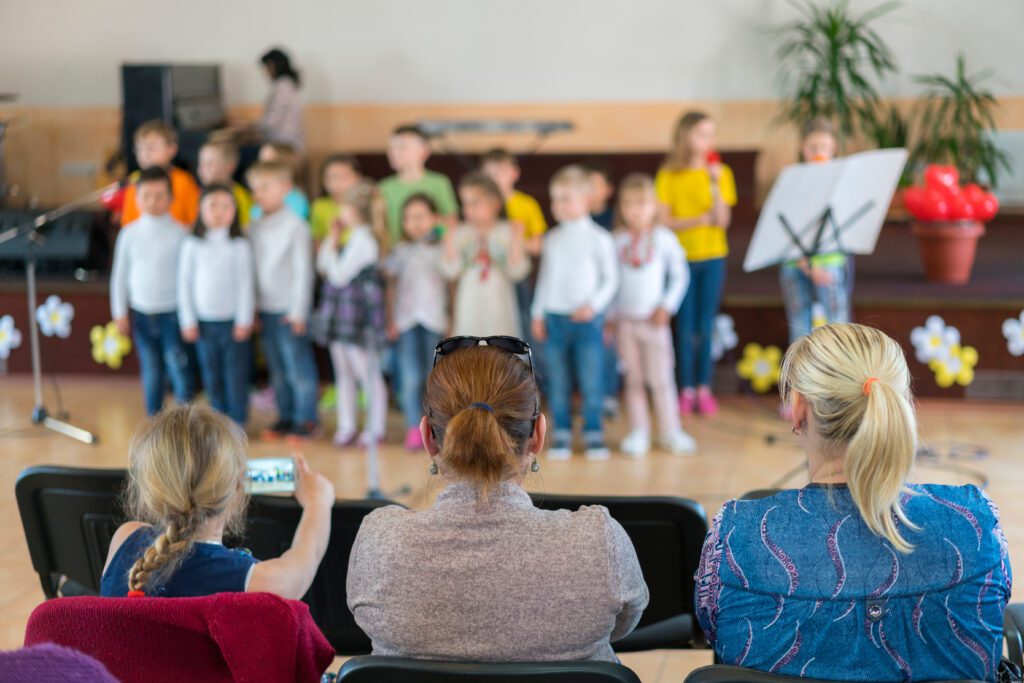In the realm of media and communication, two worlds often collide: that of journalism and public relations (PR). On the surface, these fields might appear quite similar; both deal with disseminating information. However, a closer look reveals stark differences in their perspectives and objectives.
What shapes the ‘hooks’ or the primary angles of press releases? How do journalistic and PR views differ in sculpting these hooks? Dive deep with us as we unravel this intricate dance of viewpoints.
Historical Backdrop: The Emergence Of PR And Journalism
In the tapestry of media history, both public relations (PR) and journalism have distinct roots. PR, primarily established in the early 20th century in the U.S., aimed at molding an organization’s image positively for the public’s perception.
In contrast, the tenets of journalism, which trace back several centuries, have always emphasized factual reporting and, more recently, delving into events’ broader societal implications.
As time progressed, these seemingly divergent fields began to converge and interact within the ever-evolving media environment. Their individual evolutions, though separate, inevitably led to an interwoven relationship in the modern communication landscape.
The Driving Forces: Objectives And Goals
At their core, journalism and public relations (PR) are driven by distinct objectives. Journalism seeks unbiased reporting, prioritizing the public’s right to information and accountability, while PR’s mission revolves around sculpting a favorable image for its clients. These contrasting aims lead to varied perspectives on what is deemed “newsworthy.”
The Anatomy Of News Hooks
Journalistic Perspective
Timeliness: An event’s recent occurrence makes it newsworthy. For instance, a sudden political upheaval would be considered timely and, thus, newsworthy.
Proximity: Local events tend to attract local news outlets more than international ones unless the local event has broader implications.
Significance: The potential impact of an event on people’s lives determines its newsworthiness. A breakthrough in cancer research, given its vast implications, would be highly significant.
Uniqueness: Events that stand out due to their rarity garner more attention.
PR Perspective
Brand Alignment: Events that align with a brand’s values or image are highlighted. For instance, a tech company would prioritize showcasing its innovation over other attributes in a press release.
Audience Appeal: PR professionals tap into what their target audience cares about the most.
Potential for Virality: In today’s digital age, the potential for a story to go viral can significantly influence its promotion.
When Worlds Collide: Merging Views In Modern Media
In today’s media landscape, the lines between journalism and public relations (PR) have increasingly blurred. It’s become commonplace for journalists to utilize PR content as a foundation for their articles, and reciprocally, PR professionals often infuse their press releases with a journalistic flair to appeal to reporters.
This blending of perspectives complicates distinguishing between the two realms.
The omnipresence of digital media, including online platforms, has further intertwined these sectors, giving rise to phenomena like content marketing and influencer partnerships. Thus, the modern media milieu witnesses a unique fusion of journalistic and PR viewpoints.
Bridging The Gap: Collaborative Efforts
Despite the inherent differences between journalism and public relations (PR), collaboration can yield synergistic outcomes. Joint initiatives, such as combined press conferences, press releases and guest columns, offer avenues for transparent communication while preserving each domain’s ethos.
By recognizing and leveraging these collaborative potentials, both fields can enhance their impact and relevance in today’s dynamic media landscape.
The Role Of Technology: Automation And Algorithms In Shaping News Hooks
The Advent of AI and Machine Learning
In recent years, technology has played a pivotal role in shaping the landscape of both journalism and PR. Artificial Intelligence (AI) and Machine Learning (ML) are at the forefront of this transformation. Algorithms now predict what news readers might want to read next, and automated tools help PR professionals identify trending topics and how to write a press release.
Journalistic Implications
Automated Reporting: Simple reports, especially in sectors like finance and sports, are now generated using automation tools. These AI-generated reports provide quick turnarounds and can cover various topics simultaneously.
Predictive Analysis: Algorithms can predict which stories will gain traction, allowing journalists to focus on high-impact topics.
Personalization: News outlets use AI to tailor content to individual preferences, ensuring readers get a personalized experience.
Impacts on PR Strategies
Trend Identification: PR professionals leverage AI tools to pinpoint trending topics and mold their strategies accordingly.
Data-driven Campaigns: With machine learning, PR campaigns can be tailored based on real-time data, ensuring maximum resonance with the target audience.
Engagement Analytics: AI tools offer insights into how audiences interact with PR content, enabling professionals to refine their approaches continuously.
Ethical Considerations
With AI shaping the hooks of news releases, concerns about impartiality and authenticity surface. Can an algorithm truly capture the essence of a story without human intervention? As technology is dominant, balancing automation and human touch becomes paramount.
Lessons To Take Home
Several key lessons emerge from the interplay between journalism and PR. Embracing collaboration can unlock newfound potential, enhancing the richness and reach of content. However, it’s crucial to ensure that ethical boundaries remain intact, safeguarding the integrity of journalistic output.
As the media landscape continuously evolves, especially with digital advancements, adaptability becomes paramount. Yet, amidst these changes, both fields must stay anchored to their foundational principles, ensuring the audience’s trust and needs remain central.
FAQs
Q: How Have Digital Platforms Influenced The Relationship Between PR And Journalism?
Digital platforms, especially social media, have accelerated the dissemination of information, requiring both journalists and PR professionals to adapt swiftly. These platforms also offer opportunities for real-time engagement and feedback.
Q: Are There Ethical Concerns About Merging PR And Journalistic Views?
Yes, concerns arise when journalistic content gets influenced unduly by PR motives, potentially compromising its objectivity.
Q: How Is AI influencing The Accuracy Of News Reports?
AI enhances news accuracy by swiftly analyzing vast data, but its reliability depends on the quality of the underlying data.
Q: Do PR professionals See Automation As A Threat Or An Opportunity?
PR professionals generally view automation as an opportunity to streamline tasks while emphasizing the irreplaceability of human creativity and judgment.
Q: Can AI tools Truly Replace Human Journalists And PR experts?
While AI can handle data-heavy tasks, the nuances, emotions, and ethical judgments inherent in both fields remain a human domain.
The dance between journalism and PR is intricate, with both fields profoundly influencing each other. While their core objectives differ, recognizing the potential for collaboration and mutual growth can pave the way for a more transparent, ethical, and dynamic media landscape. The future lies in balancing these viewpoints while keeping the audience’s best interest at heart.









